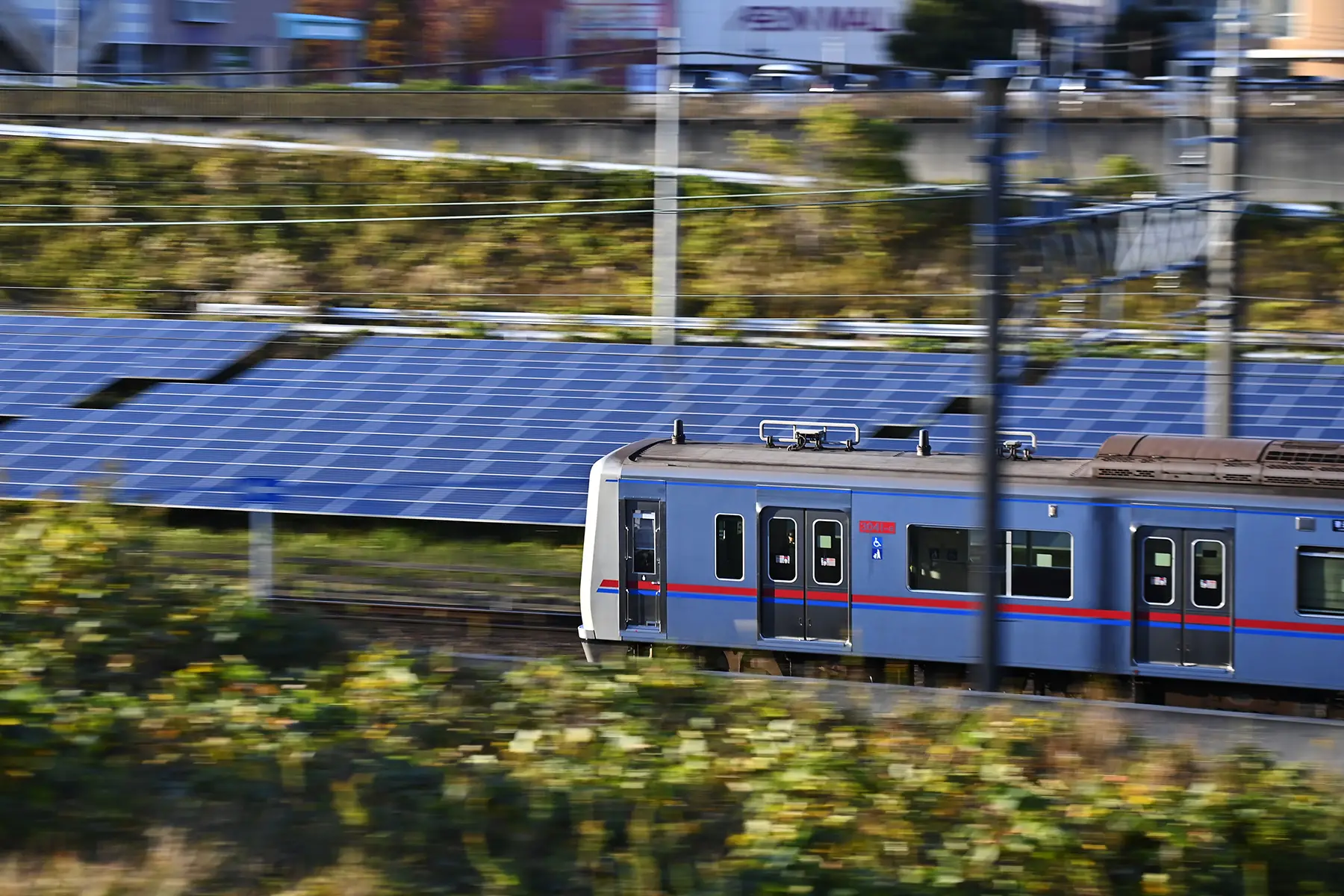If you’ve just moved to Japan, sorting out your electricity (電気), gas (ガス), and water (水道) bills is probably just one task on a huge to-do list. The good news is that setting up Japanese utilities is relatively simple, and you might save some money by shopping around for the best deal.
Read on to find out more about utilities (公共設備) in Japan, including advice on the following topics:
Utilities in Japan
The Ministry of Economy, Trade, and Industry (METI – 経済産業省) oversees Japan’s energy supply, ensuring that water, gas, and electricity are readily available throughout Japan. When you move into a property, these utilities will likely be connected and ready to transfer into your name.
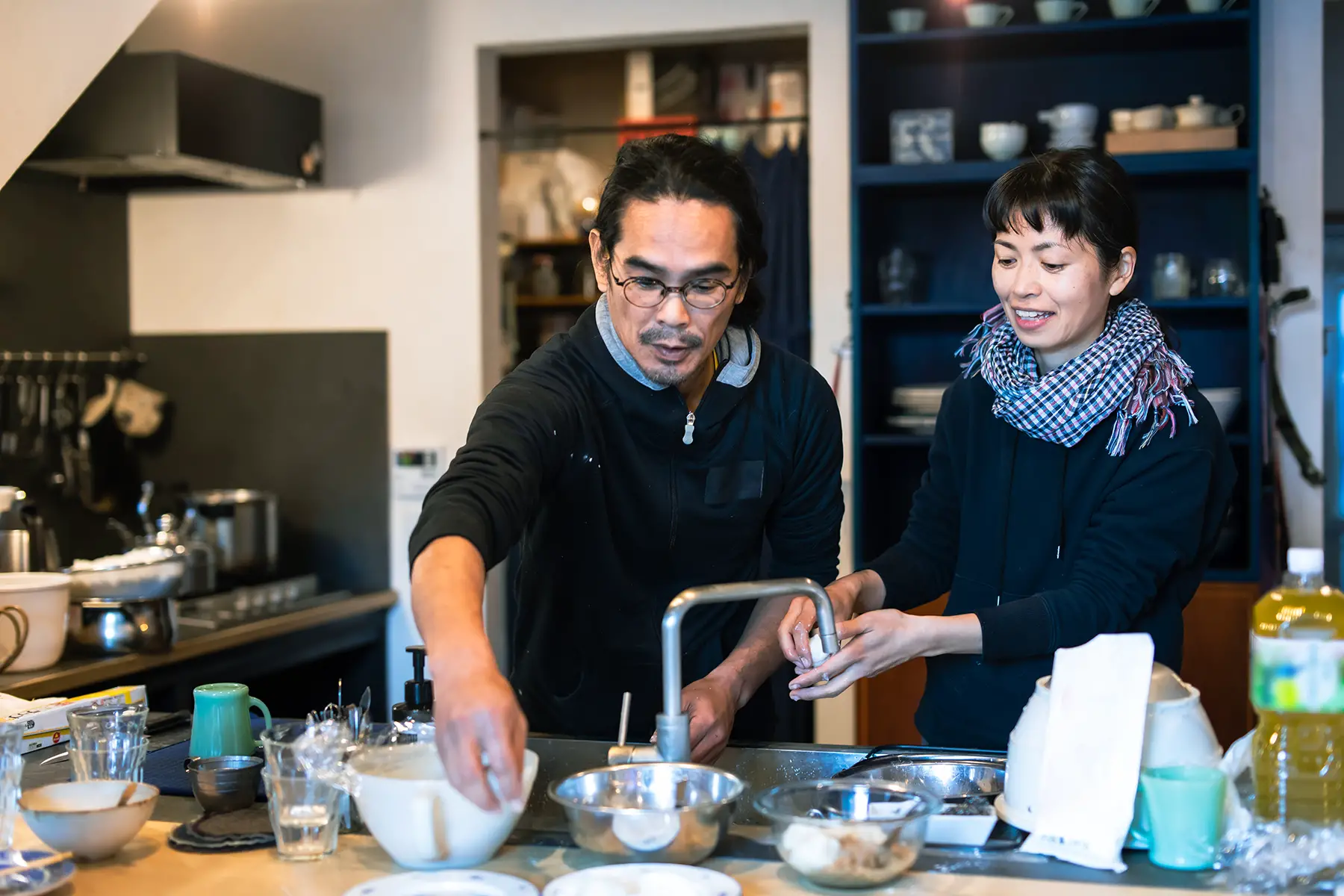
Private companies provide electricity and gas, while water is supplied by water bureaus in cities and municipalities.
The Japanese electricity and gas markets have significantly changed in the last decade. Historically, these utilities had been provided by a single supplier in each region, meaning the provider effectively had a monopoly on service and pricing. However, the markets were ‘liberalized’ by the government in 2016 (electricity) and 2017 (gas). This means hundreds of smaller energy companies and retailers now offer household utility services at competitive prices.
Electricity in Japan
Electricity (電気) in Japan is provided at 100V, considerably lower than in Europe and the US. There are two operating frequencies: 50 Hz in the east of Japan and 60 Hz in the west. Many household appliances can work at either frequency, but some exceptions exist. Also, Japanese sockets usually take two-pin plugs.
Apartments in Japan usually have very small kitchens, so while refrigerators and stoves are commonplace, small apartments won’t usually have a dishwasher or oven.
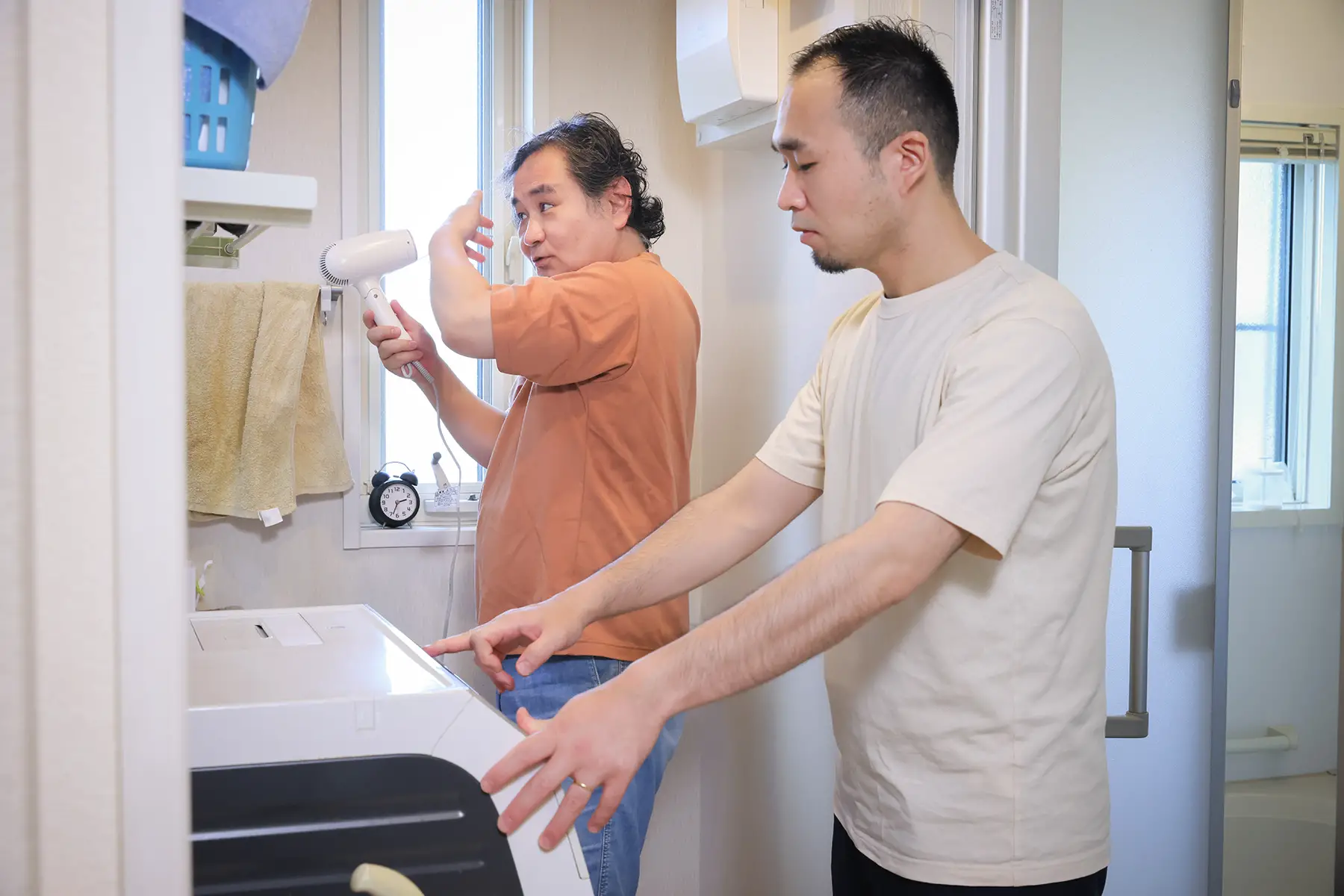
A government report (in Japanese) found air conditioning, lighting, and fridges accounted for around 60% of energy consumption in the summer months. Therefore, the authorities are considering measures to remotely turn down household air conditioning units to lower energy usage.
Utility suppliers in Japan
Japan has 10 regional electricity suppliers, all belonging to the Federation of Electric Power Companies of Japan (FEPC) (電気事業連合会). These are as follows:
- Chubu Electric Power (中部電力)
- Chugoku Electric Power (中国電力)
- Hokkaido Electric Power (HEPCO) (北海道電力)
- Hokuriku Electric Power (北陸電力)
- Kansai Electric Power (KEPCO) (関西電力)
- Kyushu Electric Power (九州電力)
- Okinawa Electric Power (OEPC) (沖縄電力)
- Shikoku Electric Power (四国電力)
- Tohoku Electric Power (東北電力)
- Tokyo Electric Power Company (TEPCO) (東京電力)
As mentioned, you no longer have to obtain your service from one of the above regional suppliers. Instead, you can shop around to find the best deal from providers in your area.
Can you access green energy?
While Japan’s green energy plans primarily focus on businesses and energy suppliers, a loyalty point scheme is available for consumers who make green choices, such as buying energy-saving appliances or using ride shares. These incentives allow consumers to build up credits that they can redeem when shopping online.
Japan plans to cut greenhouse gas emissions 46% by 2030, making renewables account for around a third of its electricity mix. Also, by 2035, it aims to generate 90% of its power from clean electricity sources such as battery (蓄電池), solar (太陽光), and wind (風力).
Can you install solar panels in Japan?
From April 2025, all new homes and buildings in Tokyo (東京) must have rooftop solar panels installed. These new rules could affect 23,000 properties built in the city every year.
Therefore, Japan is a leading force in solar panels (太陽光パネル). Solar energy will make up at least 14% of the country’s energy supply by 2030.
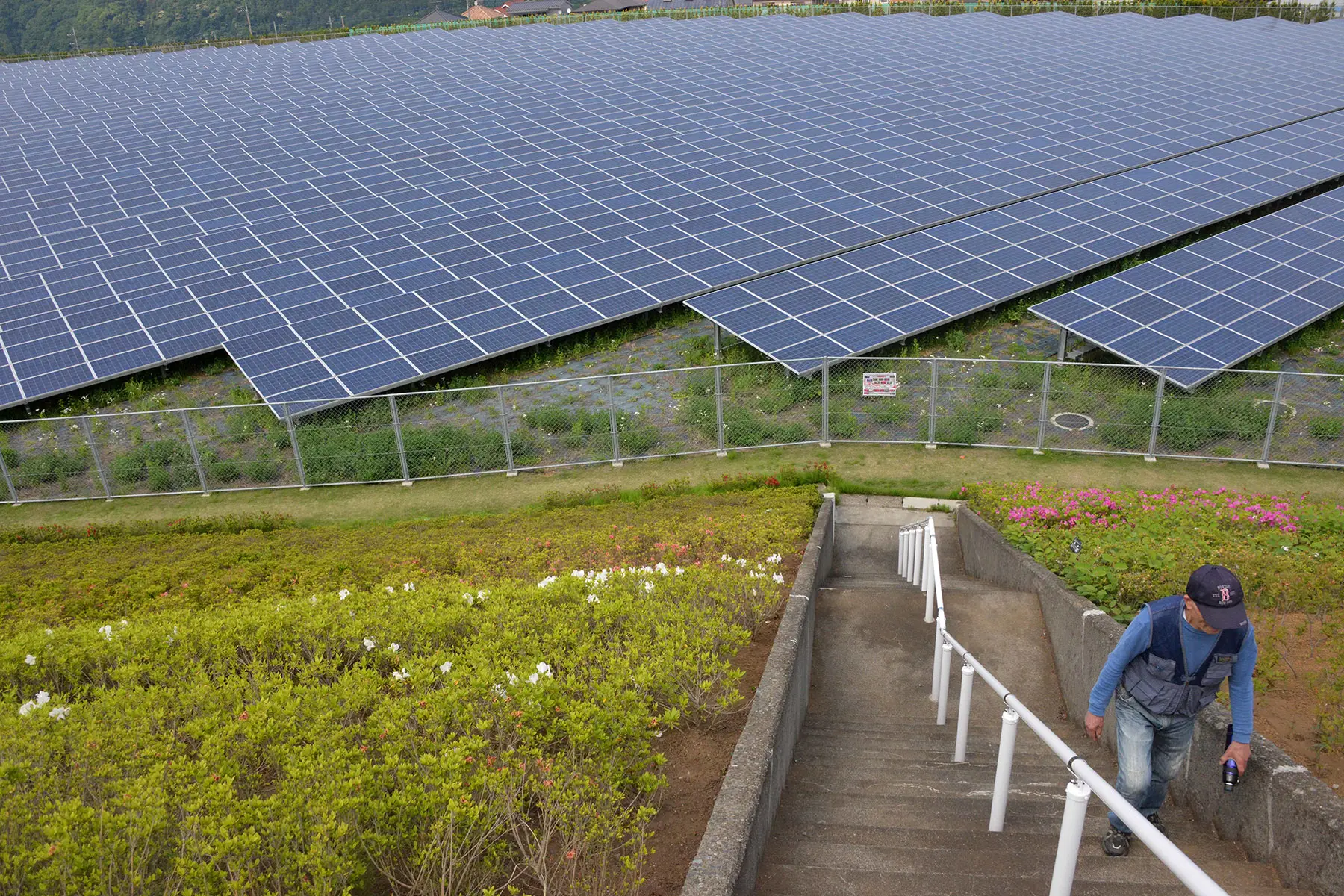
The country’s feed-in tariff (FIT) scheme (固定価格買取制度) accounts for most household solar panel installations. This initiative makes it mandatory for power companies to buy electricity generated by solar panels. However, installation costs have been rising, and criticism has been leveled at the government for not setting FITs high enough to encourage more people to pay for panels.
Connecting and disconnecting electricity
When you move to a Japanese home, the electricity supply might not be connected. Theoretically, the supply can be activated immediately on the day you move in. However, shopping around and signing up with a supplier in advance can be helpful. Aim to set up a contract with your chosen supplier at least a week before you move in to lower the chances of interruptions in service.
TEPCO says that to turn your electricity on, you should follow these steps:
- Find your panel board
- Push the ampere breaker (アンペアブレーカー), leakage circuit breaker (漏電ブレーカー) and no-fuse circuit breakers (安全ブレーカー) to the ‘on’ position
- See if the supply starts
- If it doesn’t, you should contact the electricity provider to arrange for an engineer to visit the property
To close an electricity account, you’ll need to contact your provider with your customer number and the date you want the supply to end. You should take a meter reading when you move out for your own records, but the supplier will also send someone to record the final consumption numbers.
Can you change utility suppliers in Japan?
Switching suppliers in Japan is relatively easy, but check your contract first to ensure you won’t need to pay early termination fees (違約金). Electricity contracts usually last for one year, though other options are available.
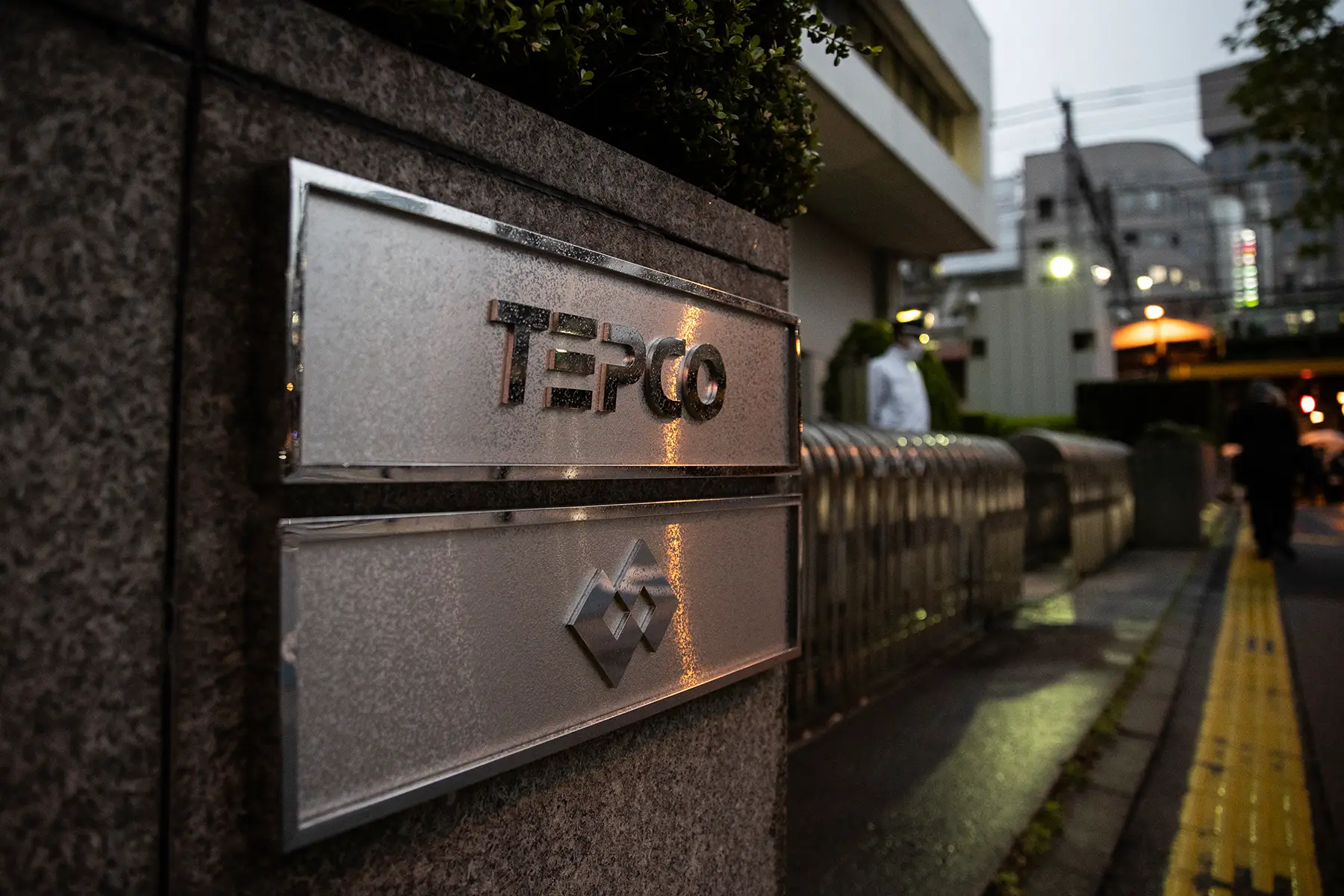
To switch, contact an alternative supplier directly, providing your contract and identification numbers from your current bill. Your new provider will then take care of transferring your contract. Switching can take a couple of weeks if you need a new smart meter. If not, it could be concluded within a week.
The main benefit of changing suppliers is to save on your monthly bills. With so many retailers in Japan now offering electricity contracts, you can find one that suits your specific circumstances. The quality of your electricity supply won’t be affected by changing providers.
Utility costs and tariffs in Japan
Electricity bills (電気代) comprise two main components: a basic charge (基本料金), which is payable regardless of how much energy you use, and a pay-as-you-go charge (従量料金), which is based on your actual usage.
The basic charge will vary depending on the ampere capacity you choose for your home. Options range from 10A to 60A. Pay-as-you-go tariffs can be flat or staggered (e.g., one rate for the first 120 KwH per month, followed by a different rate for the next 180 KwH).
You can usually set up an automatic payment (i.e., direct debit) to pay your bills monthly. Alternatively, you can pay by card, bank transfer, or at a convenience store.
It is difficult to provide a typical example of a Japanese energy bill as costs have become volatile, with suppliers increasing their prices in response to the global energy crisis. For instance, in May 2023, the Japanese government allowed seven major electricity companies to raise tariffs between 14% and 42%.
How do you report electrical faults?
If you have a power outage (停電), you should first check whether it is limited to your home or is a local issue, following the guidelines set by your supplier. Next, contact either your power company or the supplier in charge of the local grid. You should be able to report an outage 24 hours a day.
The contact numbers for some of the biggest suppliers are as follows.
- Chubu: 0120 985 232
- Hokuriku: 0120 837 119
- Kansai: 0800 777 3081
- Kyushu: phone number varies by area
- Okinawa: phone number varies by area
- TEPCO: 0120 995 007
- Tohoku: 010 175 366
Making a complaint about an electricity company
If you wish to complain about your electricity provider, you should contact the provider directly to resolve the issue. If this is unsuccessful, the Organization for Cross-regional Coordination of Transmission Operators (OCCTO) (電力広域的運営推進機関) provides a dispute resolution service.
Gas in Japan
In Japan, people mainly use utility of gas to heat water in kitchens and bathrooms in Japan. Some kitchen stoves also operate using gas. Most properties have a gas supply, except for a few homes exclusively powered by electricity.

The Japan Gas Association (日本ガス協会) oversees the supply of city gas
Two types are used in Japan, city gas (都市ガス) and propane gas (LPG) (プロパンガス). City gas is provided via underground pipes that connect directly to homes. LPG is transported via tanks and is used in more remote areas that don’t have a city gas network. City gas is usually cheaper for households as it is provided to properties at a much higher density.
Who are the utility suppliers in Japan?
As with electricity, the gas market is open to large and small energy companies. Some companies offer joint electricity and gas contracts, which may work out cheaper.
The 10 traditional regional gas companies are listed below, but you can find a complete list of registered suppliers by area on the Japan Gas Association’s website.
- Fukuyama Gas (Chugoku) (福山ガス)
- Kita Gas (Hokkaido) (北海道ガス/北ガス)
- Nihonkai Gas (Hokuriku) (日本海ガス)
- Okinawa Gas (Okinawa) (沖縄ガス)
- Osaka Gas (Kansai) (大阪ガス)
- Saibu Gas (Kyushu) (西部ガス)
- Shikoku Gas (Shikoku) (四国ガス)
- Tobu Gas (Tohoku) (東部ガス)
- Toho Gas (Chubu) (東邦ガス)
- Tokyo Gas (Kanto) (東京ガス)
Connecting and disconnecting gas
If you’re moving home, you’ll usually need to set up a gas contract. First, arrange an appointment with your chosen supplier. This can generally be set up online or over the phone. You’ll need to provide your name, phone number, the address, and the date you’re moving in.

During the appointment, an engineer will check the current gas system and meter and connect your supply. You’ll also be informed of any important gas safety information. If you don’t speak Japanese, you might wish to arrange for a native speaker to attend the appointment, as the engineer may not speak English.
You must inform your supplier if you plan to move out of a property. Most suppliers allow you to do this over the phone or online. You’ll need to provide your customer number and the date you want your contract to end.
Can you switch to another utility supplier in Japan?
As with electricity, you can switch by contacting your new supplier and providing it with your customer number, meter reading, name, and address. Switching may enable you to save money by getting a more tailored deal or bundling your electricity and gas contracts together, but it won’t affect the quality of your gas service.
Utility costs and tariffs in Japan
Your gas bill (ガス代) will include your customer number, which you’ll need to quote when contacting your provider. The statement comprises two main elements:
- The basic charge (基本料金) set at a standard monthly amount
- The metered or ‘consumption’ rate (従量料金) is calculated based on your actual usage
How do you report gas faults?
If you can smell gas, report it to your region’s emergency gas leak reporting line. Lines are open 24 hours a day, seven days a week. Below is a list of regional providers, where you can find more information on the steps you should take in instances of leaks and outages.
- Kita Gas: 0570 009 190
- Osaka Gas: number varies by area (see website)
- Saibu Gas: number varies by area (see website)
- Toho Gas: number varies by area (see website)
- Tokyo Gas: 0570 002 299
Making a complaint about a gas company in Japan
If you’re unsatisfied with the service provided by your gas company, the first step is to follow its complaints procedure. You should be able to raise a complaint over the phone or in writing using the contact details specified in your contract.
Water supply in Japan
Japan’s water supply is provided at the city, municipal, or prefectural level via your local water bureau (水道局).
Who are the utility suppliers in Japan?
There are many regional and local water suppliers in Japan, and the bureaus providing water for its biggest cities are as follows:
- Kyoto Waterworks Bureau (京都市上下水道局)
- Nagoya City Waterworks & Sewerage Bureau (名古屋市上下水道局)
- Osaka City Waterworks Bureau (大阪市水道局)
- Tokyo Bureau of Waterworks (東京都水道局)
- Yokohama Waterworks Bureau (横浜市水道局)
Connecting and disconnecting water
Your water supply should be connected already when you move in. If nothing happens when you turn on the tap, check your main switch is in the ‘on’ position.

While there shouldn’t be an interruption in water supply between a change of homeowners, signing up for a contract with a supplier can still be helpful before moving in. To do this, contact the provider online or over the phone and open an account by providing your name, address, and billing details.
When moving out of a property, you should inform the water bureau at least one week in advance, providing your customer number and the date you want to cancel the contract.
Can you change utility suppliers in Japan?
As your local water bureau provides the water in Japan, switching to a different supplier is impossible.
Utility costs and tariffs in Japan
Your water supplier will usually check your meter every two months and provide a water and sewerage bill containing your customer and water service numbers. You can pay it automatically via direct debit, bank transfer, or at a convenience store.
Water bills are split into two types of charges:
- Water: Consists of two elements – a basic charge determined by the diameter of your meter, and a pay-as-you-go charge based on your actual usage
- Sewerage: A set amount depending on your water consumption
The cost of water in Japan can vary depending on the service available and population density, so if you move to a different prefecture, your rates could go up or down.
How do you report water leaks or faults?
If you have a water outage, you should contact your water bureau. However, if you suspect a leak (e.g., the figures on your water meter are changing without consumption), you may need to have it investigated by an approved plumber (配管工) at your own cost. The water bureau will only fix a leak if it’s on the roadside of your water meter. You can also read the Tokyo Bureau of Waterworks‘ (東京都水道局) tips on what to do.
Making a complaint about a water company in Japan
If you’re unhappy with your water company in Japan, the first step is to contact your bureau via its customer service department. This can usually be done over the phone or in writing. You can find contact details on your water contract.


